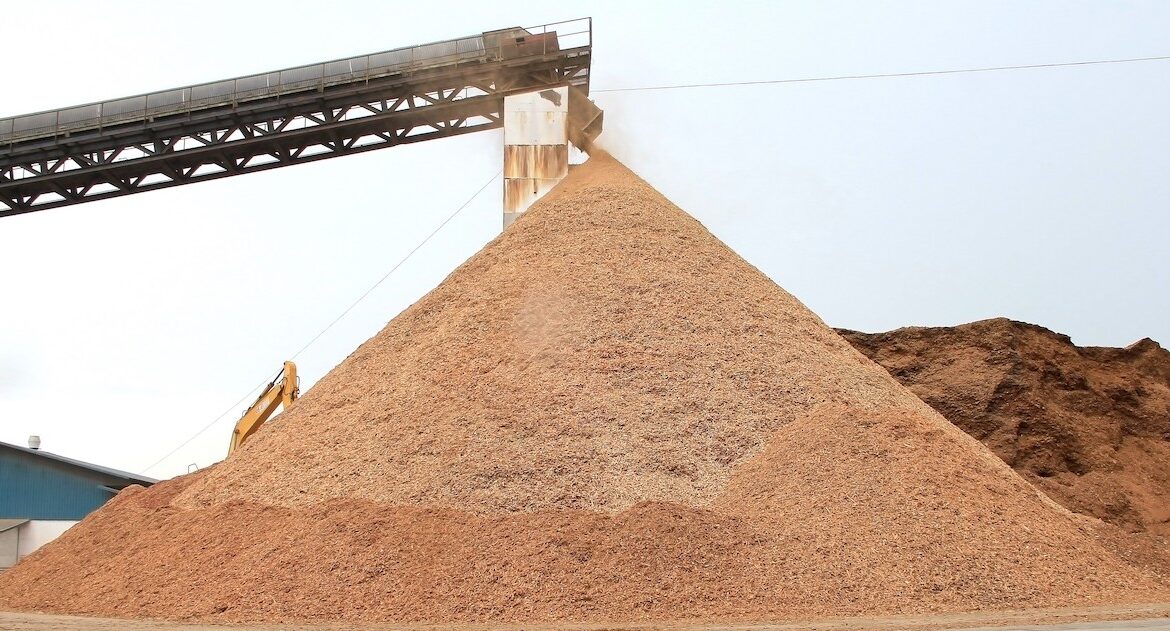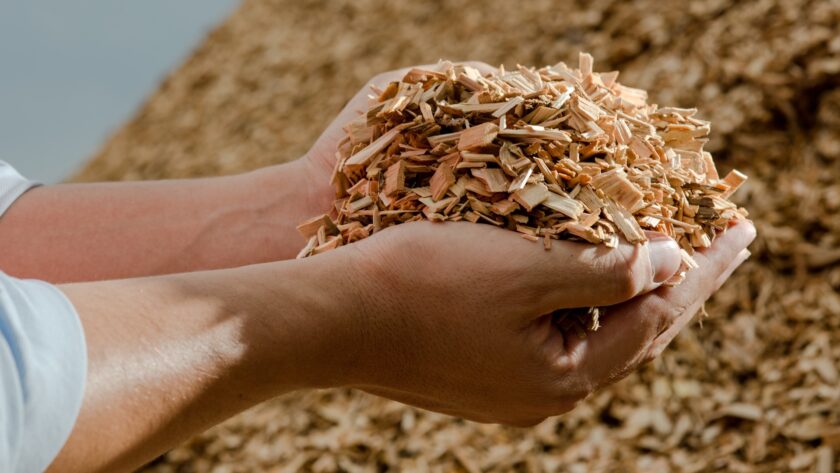Waste woodchips from timber mills in Australia will soon be shipped to Japan as biomass, new fuel for power companies looking to move away from coal-powered generation.
Australian company Sweetman Renewables has secured a 20-year binding supply agreement with a Japanese conglomerate to supply waste biomass as Japan works towards converting to renewable energy for the future.
John Halkett, chairman of Sweetman Renewables, told Viable Earth that biomass used for renewable energy production can come from two major sources: green biomass from sawmill ‘waste’ which comes from processed logs, along with parts of trees felled that are not suitable for sawlogs; and from post-consumer wood waste from industrial and residual waste streams which would otherwise likely end up in landfills.
This week Sweetman subsidiary Sweetman Biomass (SBM), secured a contract to export 60,000 metric tonnes of green woodchip (biomass) annually to a power plant near Kitakyushu, in Moji Japan. The deal is worth about US$4.5 million in annual recurring revenue.
Sweetman Biomass has already secured a lucrative long-term contract to supply waste wood biomass to Verdant Earth Technologies’ $A550m 151MW Green renewable energy power station at Warkworth in New South Wales. That power station will be the third-largest renewable baseload power station in Australia after the Snowy Hydro scheme and Hydro Tasmania.
Sweetman’s biomass is sourced from hardwood timber mills along the NSW coast and is in plentiful supply.
“The biomass we are sending the Japanese is of very high quality with high calorific value and is far superior to what is currently being supplied to them from North America and parts of Asia,” said SBM director Garry Millar.
“Furthermore, there’s starting to be a worldwide shortage of quality biomass, which means companies like Sweetman are in prime position to become a global powerhouse in this international export market in the years to come.”
Sweetman Biomass expects to sign further deals to supply coal to biomass-conversion projects, particularly in Japan, within the next few years.
“This is the first of many to come,” said Millar. “Some 18 months in the planning, this is a groundbreaking deal for us and one which highlights the tremendous potential of Sweetman Biomass as a long-term provider of alternative fuels.
“The Japanese market is switching away from nuclear and coal very quickly. Over the next five years, there will be a huge push for alternative energy sources such as biomass and hydrogen. SBM sits at the intersection of that energy conversion.”
Millar said the company has an abundant fuel stock locked in and the distribution capability to deliver this biomass-for-fuel into the Asia Pacific market.
Sweetman is working with more Australian wood-processing companies and sawmills to look at collaborative possibilities, especially with the possibility to export biomass for renewable energy production in Japan.

A spokesperson for the Japanese Power Company said its new 15MW Biomass Power Station near Nagasaki is one of many the company plans to build.
“Decentralising power production into regional prefectures is part of our national energy strategy to make our power grid more resilient and less reliant on nuclear or coal as a fuel source.”
Japanese demand for biomass comes at an opportune time for Australia’s timber industry.
During the past five to 10 years residue from sawmills and commercial tree felling were traditionally exported as wood chips for paper making.
“Australia has traditionally been the world’s largest exporter of hardwood wood chips,” Halkett told Viable Earth. “However, Chinese and Japanese paper companies now source their fibre from eucalyptus plantations established across Southeast Asia and exports of wood chips from Australia have now declined. So wood chips are currently sold for low value uses such as landscape and garden applications.”
Most post-consumer wood waste currently goes to landfills, comprising 12 to 15 per cent of total landfill volumes.
Besides its biomass business, Sweetman Renewables has two other core business areas: hydrogen production, and high-quality timber products via Sweetman Renewable Timbers.
Along with plans to list on the Australian Stock Exchange, the company has a long-term goal of becoming one of Australia’s largest true green hydrogen producers.
Footnote: While there are some question marks in the scientific community over the potential for biofuel demand to draw crops away from food for human consumption or animal feeds, biomass can never fall into that category. Unlike grain or corn, for example, woodchips and tree-felling residue aren’t edible by any species – and it is a waste byproduct of an existing supply chain.



